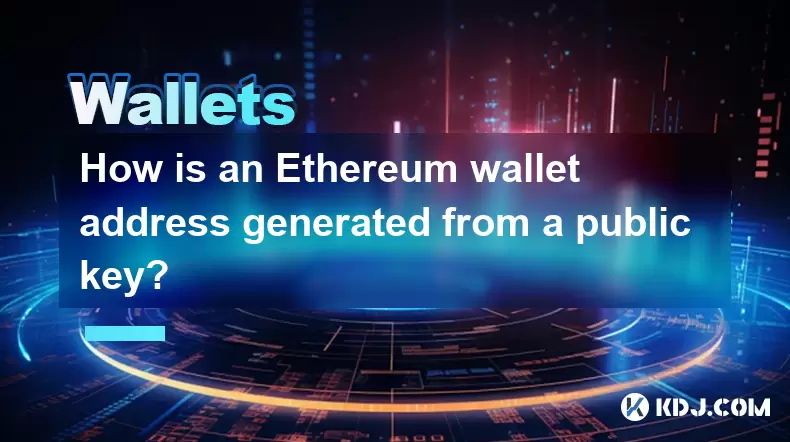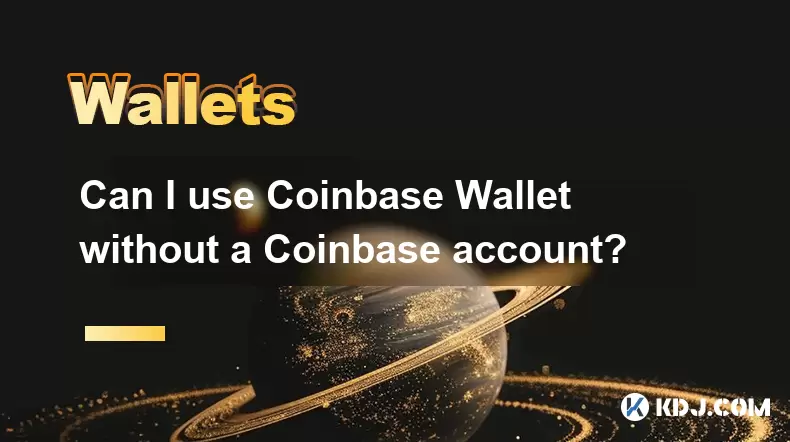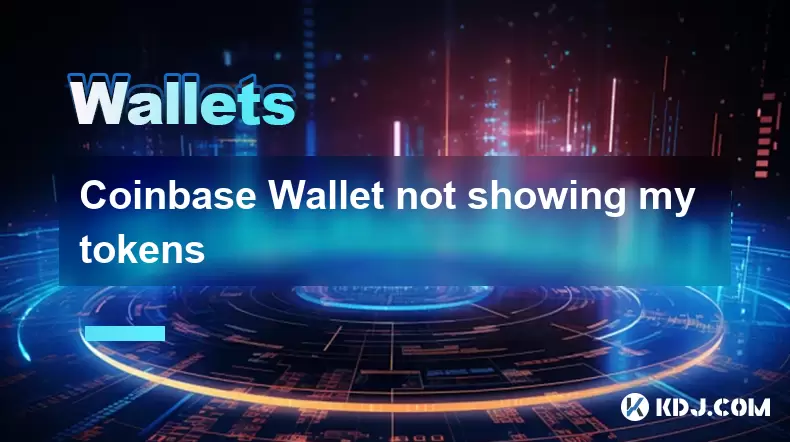-
 Bitcoin
Bitcoin $117500
1.68% -
 Ethereum
Ethereum $3752
3.35% -
 XRP
XRP $3.169
2.79% -
 Tether USDt
Tether USDt $1.000
0.02% -
 BNB
BNB $781.8
2.63% -
 Solana
Solana $186.9
4.52% -
 USDC
USDC $1.000
0.01% -
 Dogecoin
Dogecoin $0.2386
4.95% -
 TRON
TRON $0.3180
1.34% -
 Cardano
Cardano $0.8253
3.05% -
 Hyperliquid
Hyperliquid $44.88
6.59% -
 Stellar
Stellar $0.4452
7.25% -
 Sui
Sui $4.009
9.87% -
 Chainlink
Chainlink $18.37
4.97% -
 Hedera
Hedera $0.2699
13.91% -
 Bitcoin Cash
Bitcoin Cash $554.2
5.80% -
 Avalanche
Avalanche $24.18
4.47% -
 Litecoin
Litecoin $113.6
3.04% -
 Shiba Inu
Shiba Inu $0.00001409
6.01% -
 UNUS SED LEO
UNUS SED LEO $8.985
0.36% -
 Toncoin
Toncoin $3.316
7.35% -
 Ethena USDe
Ethena USDe $1.001
-0.01% -
 Uniswap
Uniswap $10.51
5.40% -
 Polkadot
Polkadot $4.107
4.42% -
 Monero
Monero $323.5
-2.62% -
 Dai
Dai $1.000
0.01% -
 Bitget Token
Bitget Token $4.566
3.18% -
 Pepe
Pepe $0.00001259
4.88% -
 Aave
Aave $299.6
4.42% -
 Cronos
Cronos $0.1345
6.71%
How is an Ethereum wallet address generated from a public key?
An Ethereum wallet address is derived from the public key through Keccak-256 hashing, using the last 20 bytes to form a unique identifier.
Jun 14, 2025 at 11:14 am

Understanding the Relationship Between Ethereum Wallet Addresses and Public Keys
In the world of Ethereum, a wallet address is not directly the public key itself but rather a derived version of it. The public key is generated from a private key using elliptic curve cryptography (specifically, the secp256k1 curve). Once this public key is created, it undergoes further hashing to generate the final wallet address.
The process begins with a randomly generated private key, which is a 256-bit number. From this, the public key is derived using the secp256k1 algorithm. This public key is typically represented as a 64-byte array (or 128 hexadecimal characters) when compressed. It's crucial to understand that while the public key can be shared openly, it must never be altered or exposed in insecure environments.
Hashing the Public Key Using Keccak-256
Once the public key is generated, the next step involves applying a cryptographic hash function. Ethereum uses the Keccak-256 hashing algorithm for this purpose. Unlike SHA-256 used by Bitcoin, Keccak-256 was chosen due to its flexibility and performance characteristics.
- Take the full public key (including the prefix byte if present).
- Apply the Keccak-256 hash function to produce a 32-byte (256-bit) output.
- The resulting hash will be a unique sequence of bytes representing the input public key.
This hashed value serves as the intermediate stage before extracting the actual Ethereum wallet address.
Extracting the Final Ethereum Address
After obtaining the Keccak-256 hash of the public key, only a portion of it is used to form the final Ethereum wallet address. Specifically, the last 20 bytes (160 bits) of the hash are selected for this purpose.
- Take the 32-byte output from the Keccak-256 hash.
- Discard the first 12 bytes.
- Retain the remaining 20 bytes as the Ethereum address.
These 20 bytes are then encoded into a hexadecimal string without the "0x" prefix initially. When displayed in wallets or explorers, the address is usually prefixed with "0x" to indicate it's an Ethereum-compatible hexadecimal format.
Applying Checksum Encoding for Security
To enhance security and reduce the risk of typos, Ethereum introduced EIP-55, which enables mixed-case checksum encoding for addresses. This feature allows users to detect errors when entering Ethereum addresses manually.
- Convert the Ethereum address (without the "0x") into its lowercase form.
- Compute the Keccak-256 hash of this lowercase string.
- For each character in the original address:
- If the corresponding nibble in the hash is greater than or equal to 8, capitalize the character.
- Otherwise, leave it lowercase.
This results in an Ethereum wallet address that appears like 0xAbCdef1234567890aBcDef1234567890aBcDef12, where capitalization serves as a visual checksum.
Verifying the Correctness of the Generated Address
Before using any Ethereum wallet address, it's essential to verify its correctness through tools or libraries designed for this purpose. Many developers use libraries such as ethers.js or web3.js to ensure their implementation aligns with Ethereum standards.
- Use a trusted library to regenerate the address from the same public key.
- Compare the output with the manually computed one.
- Ensure that both checksum-encoded and lowercase versions match expected values.
Additionally, test transactions with small amounts should be performed before deploying on mainnet to confirm that the address behaves as intended.
Frequently Asked Questions
Q: Can two different public keys result in the same Ethereum address?
While theoretically possible due to the finite size of the Ethereum address space (2^160), the probability is astronomically low. However, collisions are not considered a practical threat due to the vast number of possible combinations.
Q: Is it safe to share my Ethereum wallet address publicly?
Yes, sharing your Ethereum wallet address is safe since it does not expose your private key or public key directly. However, avoid sharing transaction details or metadata that could compromise privacy.
Q: Why does Ethereum use only 20 bytes from the Keccak-256 hash instead of the full 32 bytes?
Using 20 bytes strikes a balance between security and gas efficiency. A shorter address reduces storage and computation costs on the blockchain while maintaining sufficient entropy to prevent collisions.
Q: What happens if I send ETH to a malformed Ethereum address?
Sending funds to a non-existent or malformed Ethereum address may result in permanent loss of assets. Always validate addresses using checksum encoding or verification tools before initiating transfers.
Disclaimer:info@kdj.com
The information provided is not trading advice. kdj.com does not assume any responsibility for any investments made based on the information provided in this article. Cryptocurrencies are highly volatile and it is highly recommended that you invest with caution after thorough research!
If you believe that the content used on this website infringes your copyright, please contact us immediately (info@kdj.com) and we will delete it promptly.
- UAE's Digital Asset Revolution: Stablecoin Regulations Take Center Stage
- 2025-07-26 10:40:11
- VIRTUAL Weekly Drop: Recovery Analysis and Privacy Push
- 2025-07-26 08:50:11
- Bitcoin, Cynthia Lummis, and Freedom Money: A New Yorker's Take
- 2025-07-26 08:30:11
- Pudgy Penguins, Crypto Prices, and the Altseason Buzz: What's the Hype?
- 2025-07-26 10:51:48
- Crypto Gainers, Top 10, Week 30: Altcoins Buck the Trend
- 2025-07-26 08:55:12
- Solana, Altcoins, and Coinbase: What's the Buzz?
- 2025-07-26 06:30:12
Related knowledge

Can I use Coinbase Wallet without a Coinbase account?
Jul 18,2025 at 04:35am
What is Coinbase Wallet?Coinbase Wallet is a self-custodial wallet that allows users to store, send, and receive various cryptocurrencies directly on ...

Coinbase Wallet "uh oh something went wrong"
Jul 20,2025 at 10:00am
Understanding the Coinbase Wallet Error: 'Uh Oh, Something Went Wrong'If you're a Coinbase Wallet user, encountering the error message 'Uh Oh, Somethi...

How to add Optimism network to Coinbase Wallet
Jul 20,2025 at 05:21am
What is the Optimism Network?The Optimism network is a Layer 2 scaling solution built on top of the Ethereum blockchain. It aims to enhance transactio...

How to add Arbitrum to Coinbase Wallet
Jul 18,2025 at 03:00pm
Understanding Arbitrum and Its Integration with Coinbase WalletArbitrum is a layer-2 scaling solution developed by Offchain Labs to enhance the speed ...

Coinbase Wallet not showing my tokens
Jul 18,2025 at 09:49am
Understanding Coinbase Wallet Token Display IssuesIf you're experiencing issues where Coinbase Wallet not showing my tokens, it can be frustrating, es...

How to get my private key from Coinbase Wallet
Jul 24,2025 at 08:01pm
What Is a Private Key and Why Is It Important?In the world of cryptocurrency, a private key is a unique alphanumeric code that grants you full access ...

Can I use Coinbase Wallet without a Coinbase account?
Jul 18,2025 at 04:35am
What is Coinbase Wallet?Coinbase Wallet is a self-custodial wallet that allows users to store, send, and receive various cryptocurrencies directly on ...

Coinbase Wallet "uh oh something went wrong"
Jul 20,2025 at 10:00am
Understanding the Coinbase Wallet Error: 'Uh Oh, Something Went Wrong'If you're a Coinbase Wallet user, encountering the error message 'Uh Oh, Somethi...

How to add Optimism network to Coinbase Wallet
Jul 20,2025 at 05:21am
What is the Optimism Network?The Optimism network is a Layer 2 scaling solution built on top of the Ethereum blockchain. It aims to enhance transactio...

How to add Arbitrum to Coinbase Wallet
Jul 18,2025 at 03:00pm
Understanding Arbitrum and Its Integration with Coinbase WalletArbitrum is a layer-2 scaling solution developed by Offchain Labs to enhance the speed ...

Coinbase Wallet not showing my tokens
Jul 18,2025 at 09:49am
Understanding Coinbase Wallet Token Display IssuesIf you're experiencing issues where Coinbase Wallet not showing my tokens, it can be frustrating, es...

How to get my private key from Coinbase Wallet
Jul 24,2025 at 08:01pm
What Is a Private Key and Why Is It Important?In the world of cryptocurrency, a private key is a unique alphanumeric code that grants you full access ...
See all articles

























































































